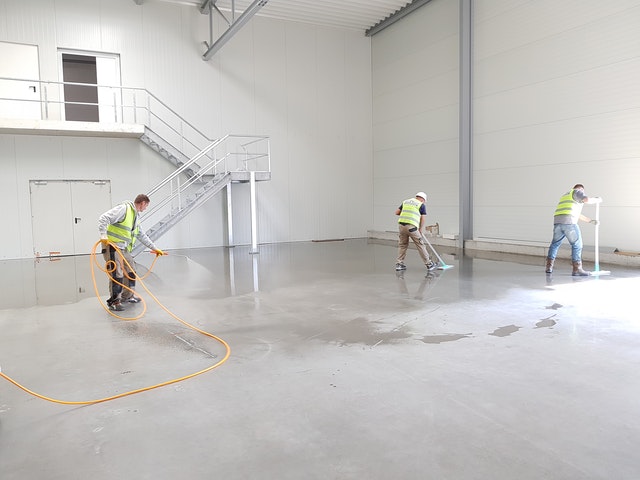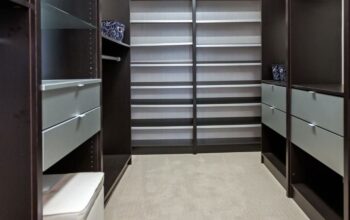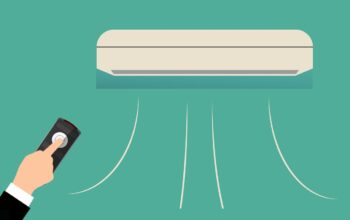In a private home, you have many opportunities. There are much fewer restrictions than in an apartment high rise. You can combine different types of floors in a private house. For example, lay out the second floor with parquet. And the first floor should be finished with tiles. The main thing is to choose the floors correctly.
It is better to create, invent, try. If you want to arrange a warm floor on a water base, then please. There is no particular risk to flood the neighbors in this situation. It is up to you to decide which type of flooring to choose. What is best for a private home.
Pros and cons of concrete floors
Probably in multi-storey new buildings, the base floors are reinforced concrete slabs. In private two-, three-storey houses it is not such a strict rule. But the popularity of the technology is obvious.
In addition, the floor of reinforced concrete slabs has a number of advantages. First of all, it is durability. Reinforced concrete, often with pre-stressed armature, gives a reliable overlap. Thanks to air-filled cylindrical cavities. And slabs provide a comfortable level of thermal and acoustic permeability. When installed neatly, the floor and ceiling appear flat. More suitable for final processing.
These slabs are also mounted by means of a crane. Slabs are placed on bearing walls or columns of reinforced concrete frame. Pour cement-sand tie on top of the slabs. Ceiling joints spaklyuyut.
The advantage of floors of this type is that they serve as a universal basis for the final finishing.
Wooden floors in a private home
Wood is the most traditional flooring material. Wood flooring is warm, environmentally friendly, familiar. Most often the disadvantages include possible creaking. Just reduce the height of the premises when laying materials on the lags.
Popular floors decorated “under the wood”. This laminate is a floor covering made of pressed cardboard with glued decorative film. Patterns on the laminate may be “under the parquet”. This is a very popular combination. First of all due to the attractive price/quality ratio. It is easier to lay the laminate than to arrange a traditional wooden floor of planks.
Filler floors
Among the mixed types of flood floors are the so-called self-leveling. In their composition, except for cement and sand, includes a small amount of polymer plasticizer. Which increases the fluidity of the mortar. This allows the coating without levelling to form a perfectly horizontal surface. At the same time, it is very convenient, because there are professional contractors like epoxy flooring in Southern Illinois. Poured a self-levelling mixture in a more or less even layer throughout the room. And rest. The coating itself expands and forms a flat surface without any errors. Such floors are becoming more and more popular.
There are several types of polymer filler mixes:
- For starters, a highly filled floor, which is especially durable;
- Epoxy flooring is resistant to mechanical and chemical influences;
- Polyurethane flooring, which is very flexible, but badly tolerates contact with chemistry;
Also, polymer filler floors are usually made in industrial or public buildings. As they are very technologically advanced. That’s why they allow you to fill huge rooms with an even to mirrorless layer without seams. This is very beautiful. Especially when there is a large enough open space.
Floor tiles: pros and cons
Tiled floors in private houses are made quite often. This is the flooring of bathrooms and toilets. The same kitchen and entrance halls. Here they are quite appropriate. Italian tradition is to arrange tile and stone floors in bedrooms. Most likely, not for our climate.
Among the advantages of tiles are the following qualities:
Water resistance. As the material can be used in rooms with any level of humidity. All the way to the laundries.
Hygienic. If the tile floor is easy to clean, including the use of chemicals. Dirt on it does not stay, does not absorb into the joints, does not penetrate into the tiles.
The disadvantages of a floor tile are often attributed to the feeling of cold. Which occurs when a person stands on it barefoot. Especially when getting out of a hot bath. If the terry mat does not solve the problem. It is recommended to install a warm floor under a tile covering. In a private home it is possible.
Related Posts












